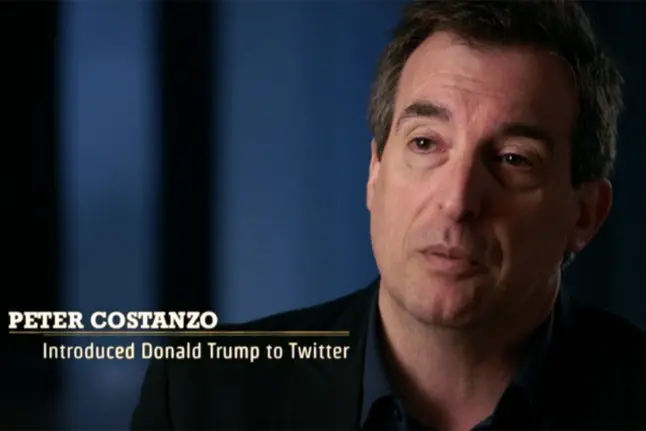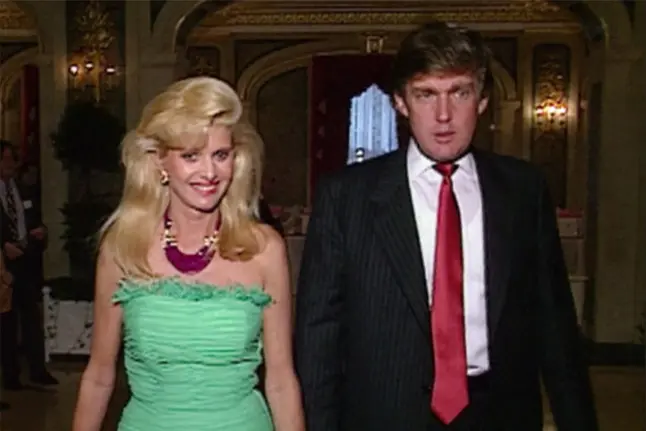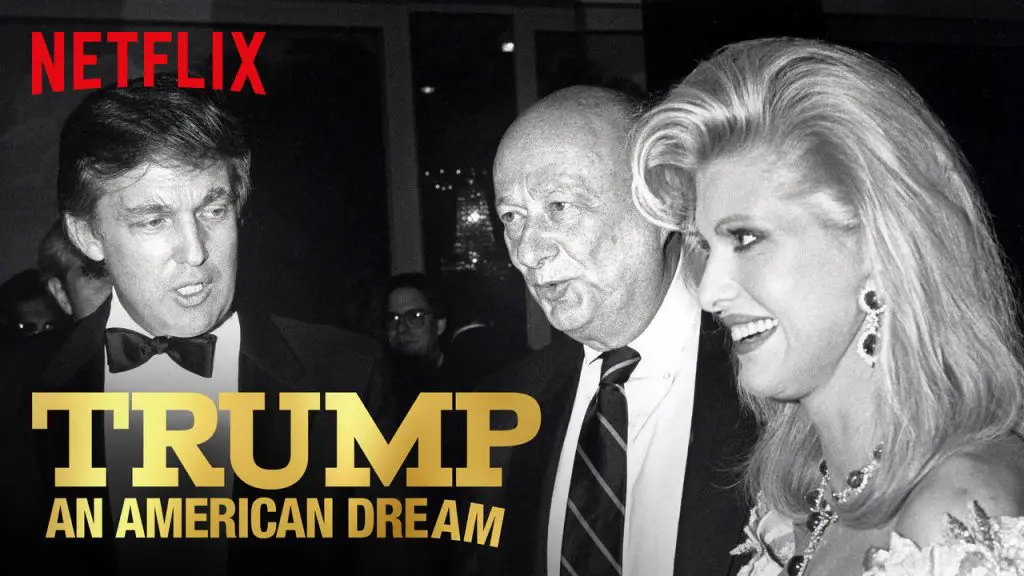[yasr_overall_rating size=”medium”]
Trump: An American Dream is a documentary mini-series of four hourlong episodes, and takes a deep dive into the history of Donald Trump’s rise to prominence as a public figure. It utilizes dozens of interviews from people important to Donald Trump and provides a fairly even-handed portrait of the most controversial figure in twenty-first century America. Trump: An American Dream is now airing on Netflix (US).
When I sat down to watch Trump: An American Dream I was filled with a good amount of trepidation. By its very nature, this is a divisive documentary. No one has yet been able to discuss the man in a public manner without resorting to some sort of pettiness or some other form of derision simply attached to the subject. I worried that I wouldn’t be able to contribute to this discourse (which is often all too one-sided, anyway) in any objective manner. I promise I’ll do what I can to allow my thoughts to come through unencumbered by any bias other than related to the filmmaking.
Trump: An American Dream is broken up into four episodes, each between 45-minutes and an hour long, and each one covering an aspect of “The Donald’s” forty year rise to prominence. The first episode, “Manhattan,” chronicles Trump’s entrance onto the New York construction stage, following in his father, Fred Trump’s, footsteps. His father was a construction magnate who built “real homes for real people” in Brooklyn, but Donald’s goal seems to be surpassing his father’s legacy at every turn. He wanted to make his mark on the New York skyline by building the biggest and the best towers that he could, despite the corners he’d have to cut. And this seems to be the theme of Trump: An American Dream; examining the pennies pinched and the promises made–each and every one of them.
“Gambler,” episode two, features Trump’s foray into the casino scene in Atlantic City, where he made a huge splash, gambled big, and began to lose even bigger. No one can dispute the major facts of this documentary: he leveraged his businesses into huge deals, stayed in the press, challenged the conventional wisdom of the time and earned big bucks. However, when he couldn’t deliver on his promises, bankruptcy was certain. He came out of what, for anyone else, should be a devastating monetary loss and divorce, but for Donald Trump, meant that he came out on top.

The pivotal moment and truly the highlight of Trump: An American Dream is the moment that we meet maybe the greatest criminal of the twenty-first century, Peter Costanzo: the man who introduced Donald Trump to Twitter.

I appreciate that the Trump: An American Dream never sidetracked itself with the more salacious aspects of his life. Obviously, they cannot ignore the affair with Marla Maples (covered at the end of episode 2 and episode 3, “Citizen Trump”) that caused his divorce with Ivana, and the Stormy Daniels news was too recent for them to incorporate into this documentary (it was finished and premiered in the UK in late 2017). It focuses much more on Donald’s persona and his road to the presidency, most explicitly in episode 4, “Politics.” It asks bigger questions than who he slept with. Utilizing a broad range of interviews with friends, co-workers, and employees, they explore his relationships in a fairly equitable manner, giving insight as to what makes him tick. What drives him? It outright asks the question: what are his ethics and morals? While a definitive answer remains elusive, winning seems to be as close as we get.




